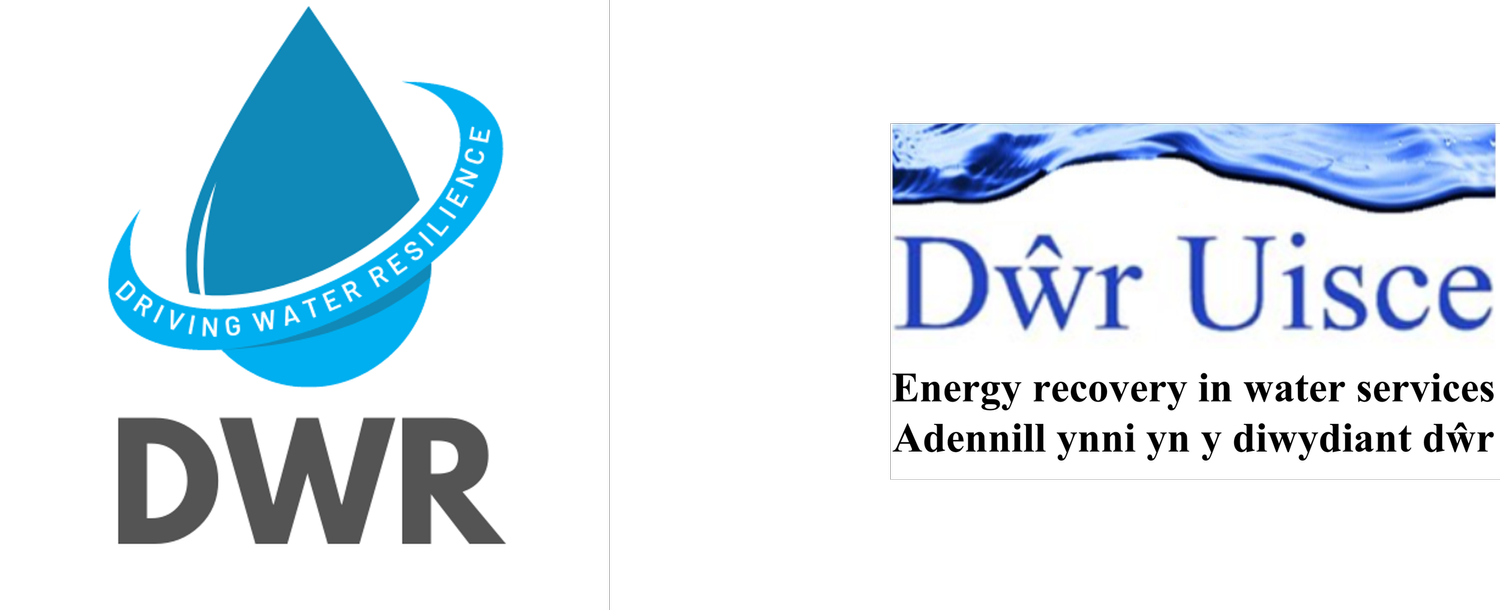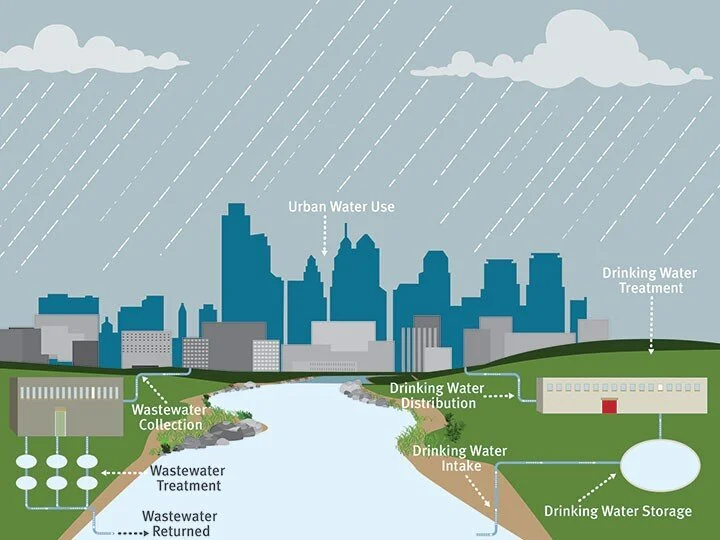Using pump as turbines coupled with control valves can produce power and achieve pressure regulation at the same time. Pumps operating in the reverse mode can be used as an alternative to other hydro turbines due to its low payback time, low cost and low maintenance. Dŵr Uisce aims to install PATs in water networks using control valves in a configuration called the hydraulic regulation (HR). The figure 1. below shows the HR configuration in a graphical representation.
Figure 1 PAT in HR scheme
In HR scheme, there is a control valve used rather than a pressure reducing valve in which the pressure setting is constant rather than changing which is the case in a real network with flow variations throughout the day. The main advantage of using a control valve over a pressure reducing valve, better pressure regulation can be achieved due to fast closing and opening times. There are many types of control valves in the market for e.g., Ball, Globe, Butterfly, etc. The figure 2. below shows a better understanding of the types and relationship of flow with OD.
Figure 2 Types and relationship with flow and OD of different types of valves
For this work, globe valve is selected due to its linear relationship with flow rate and opening degree rather than compared with other types for e.g.: Butterfly valves have a non-linear relationship with flow and opening degree.
After selecting the best type of valve for the network and using the characteristics to model it, the next step is to model the PAT. Using a method developed by a fellow contributor to the Dŵr Uisce project, PAT model can be used combining with the valve model to use Model Predictive Control to maximize the power output based on the optimal flow and changing the Opening degree of the valve to accommodate it. Model predictive control is an advance control strategy used to control a process while satisfying a set of constraints. The main advantage of MPC is, it optimizes the current timeslot based on the past values, while keeping the future timeslots in account. This technique can be used to maximize the power output from the PAT based on the optimal flow which can be calculated and changing the opening degree of the valves accordingly to achieve pressure regulation.
















